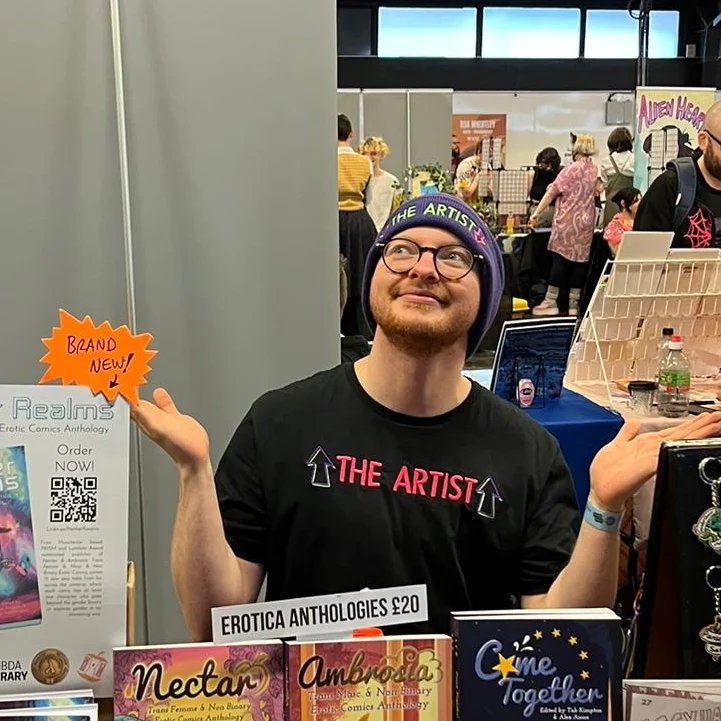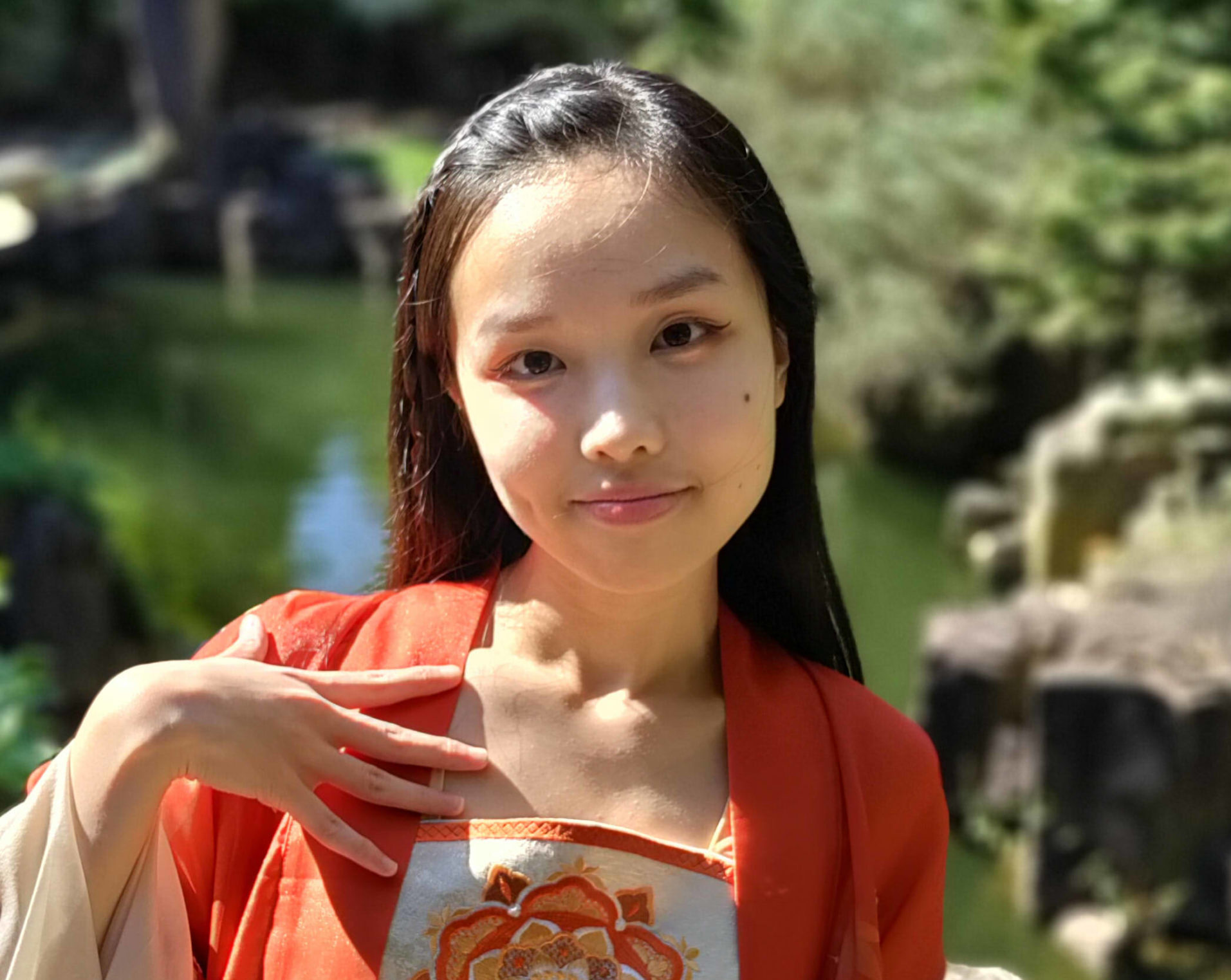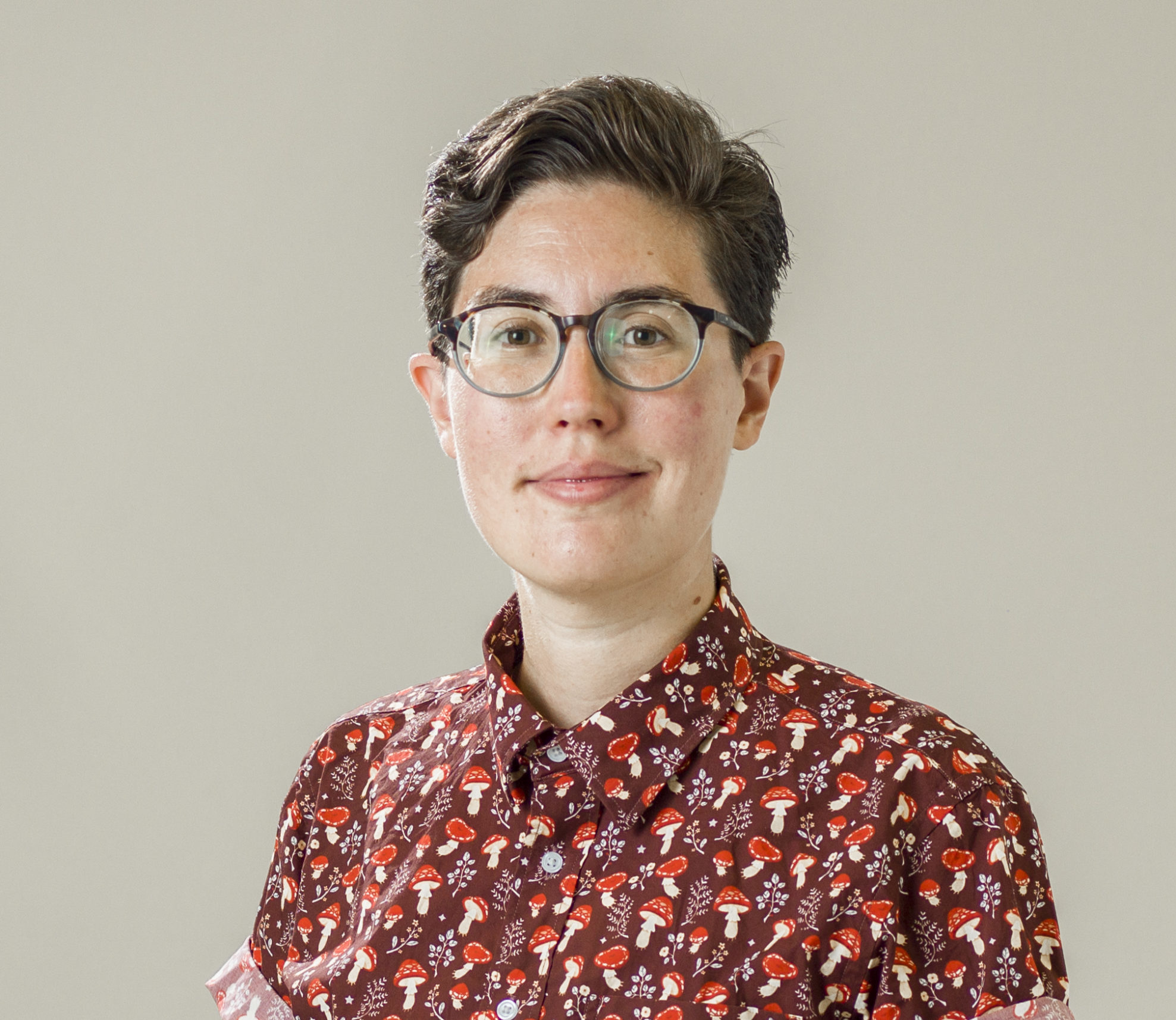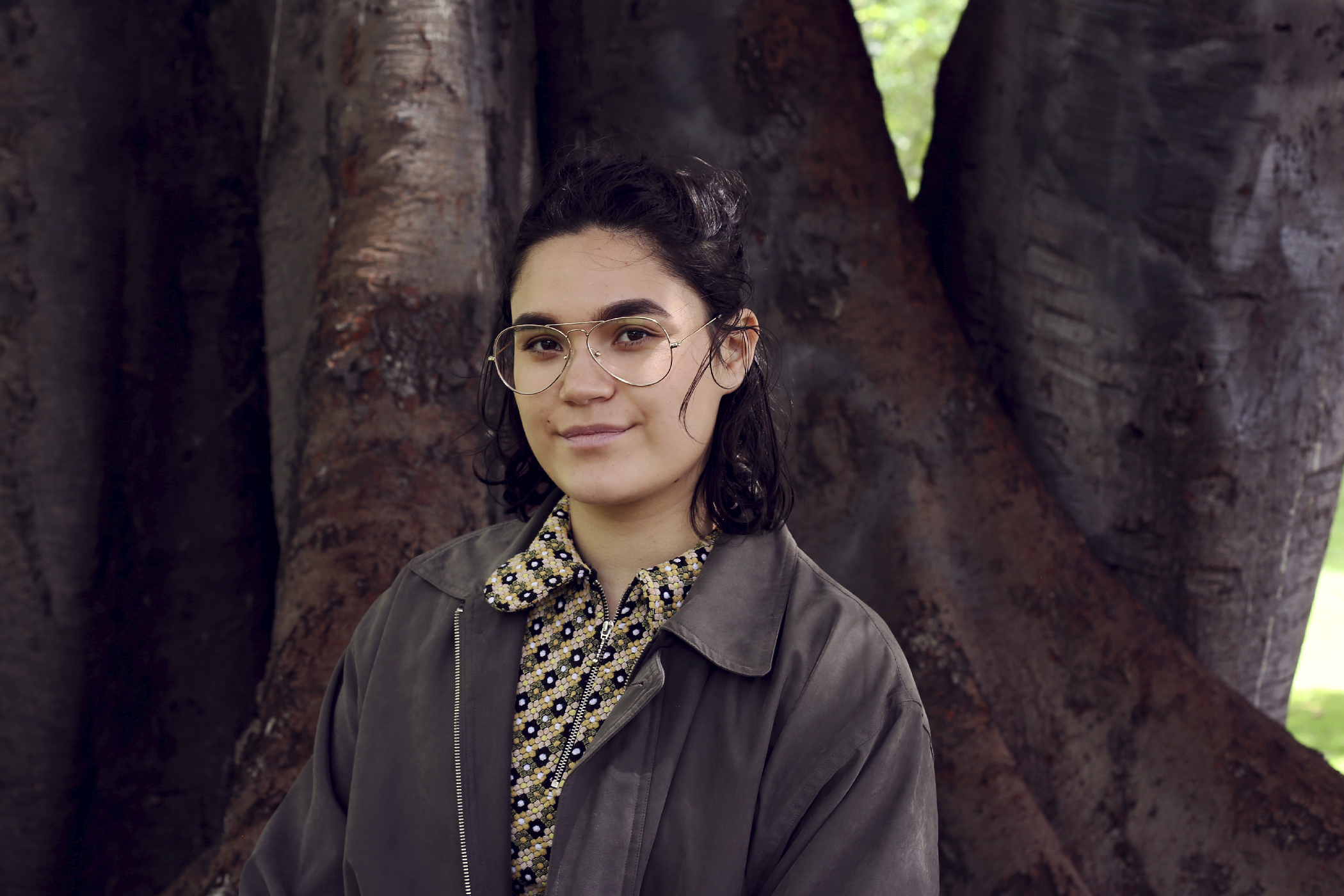
by Michele Kirichanskaya | May 29, 2025 | Blog
Miranda is a Washington-based comic artist and layout designer. They strive to tell stories that have a deep emotional impact on their readers and inspire people to reflect on their lives and in turn learn or heal something about themselves. Miranda likes happy...

by Michele Kirichanskaya | Nov 26, 2022 | Blog
Tab Kimpton is a manchester based queer comic artist with a background in webcomics, crowdfunding and self publishing. His work includes comics such as Minority Monsters- An explorer’s guide to Alphabet Soup Land. He’s also the co-editor of two PRISM...

by Michele Kirichanskaya | Nov 5, 2022 | Blog
Velinxi is the creator of DPS Only! and the ongoing webcomic Countdown to Countdown. Her greatest passion lies in storytelling through illustrations, which she has been doing for the past few years (with varying stages of success). You can find more of her work on...

by Michele Kirichanskaya | Sep 26, 2022 | Blog
Blue Delliquanti lives in Minneapolis with a woman, a dog, and a cat. Since 2012, Blue has drawn and serialized the Prism Award-winning science fiction comic O Human Star at ohumanstar.com. Blue is also the co-creator of the graphic novel Meal (with Soleil Ho),...

by Michele Kirichanskaya | Mar 9, 2022 | Blog
Ariel Slamet Ries is an eggplant fanatic and longtime lover of dogs in snoods from Melbourne, Australia. They studied animation for four years before throwing away the prestige and money to pursue comics. They’re still waiting to see how that will turn out. I...






